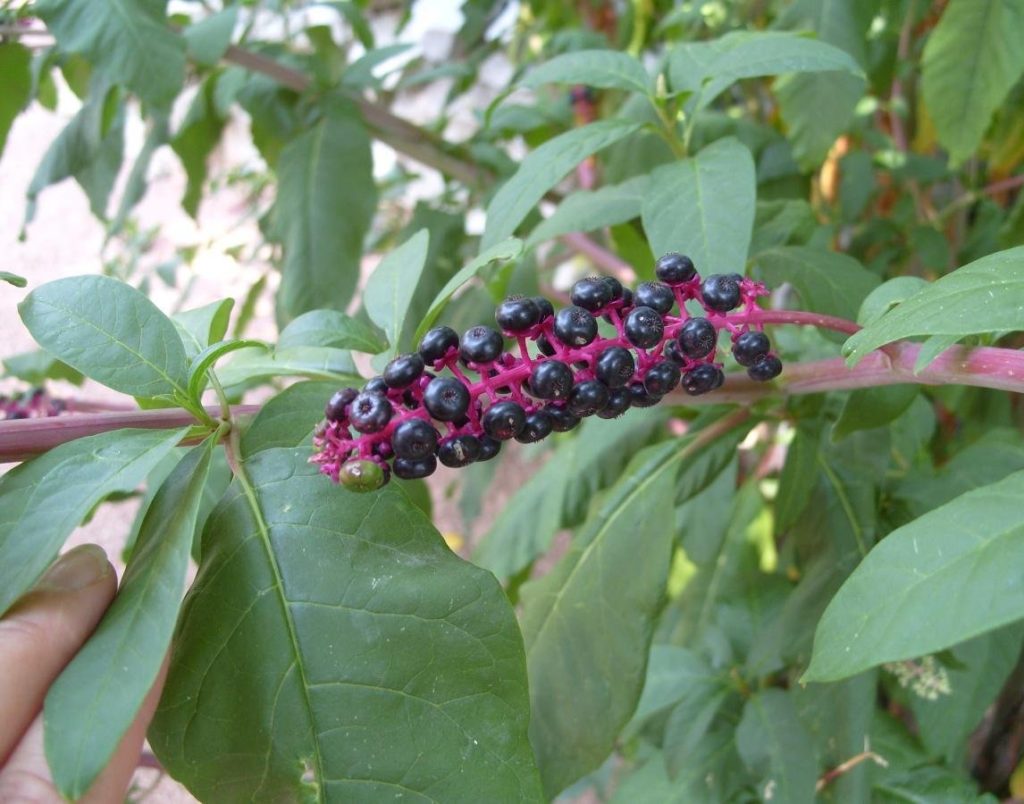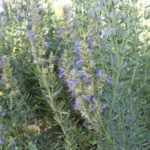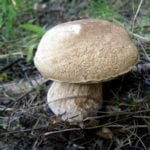Phytolacca has been known as a coloring, medicinal, and ornamental plant since the 18th century, when it began to be grown in Europe to use the dark red juice of berries as a high-quality wine dye (thanks to the fruits of phytolacca, light wines have acquired a beautiful red color).

As a medicinal plant, phytolacca is used in official medicine in some countries of Europe and America. Fruits and their roots – laxative, emetic; they are also used for skin problems. Tincture of roots and leaves can be used to treat sciatica.

Phytolacca americana is a perennial herb with a branched green stem that turns reddish at the end of the growing season. Its height is 4 m (4.4 yard), width up to 1 m (1.1 yard). The leaves are oval to lanceolate, large, 15-20 cm (5.9-7.9 in) long. The flowers are small, 8 mm (0.3 in) in diameter, white, collected in inflorescences in the form of elongated drooping racemes 10-15 cm (3.9-5.9 in) long; they bloom from June to autumn. Fruits-dark purple berries with a diameter of 7-8 mm (0.27-0.3 in); ripen in August.

Reproduction usually occurs by dividing the rhizomes in early spring. When propagated by seeds, winter sowing or early spring at a temperature of +13-+18°C (55.4-64.4°F). our phytolacca is not demanding for soils, but it grows better on light loam; plant it in sunny and semi-shaded places. It can be a carrier of several viruses that cause yellowing of leaves, mosaic and ring spots.
Warning: the plant is poisonous! Eating a large amount of phytolacca fruit can lead to death. Contact with berry juice can cause an allergic skin reaction.


















